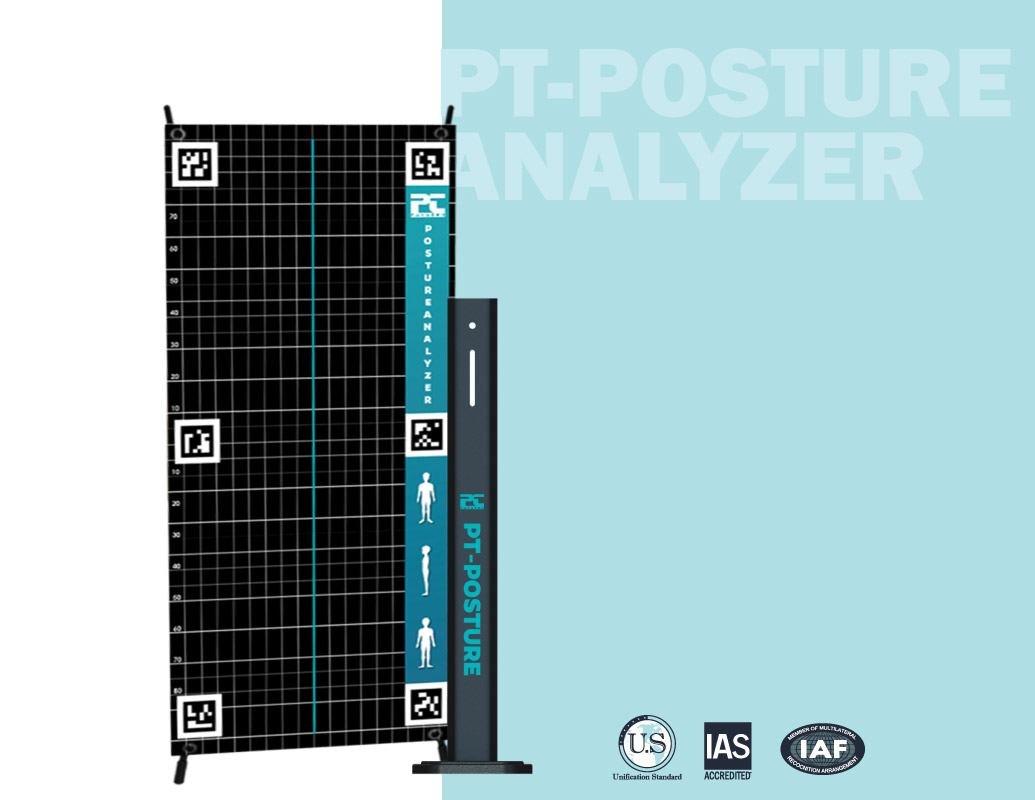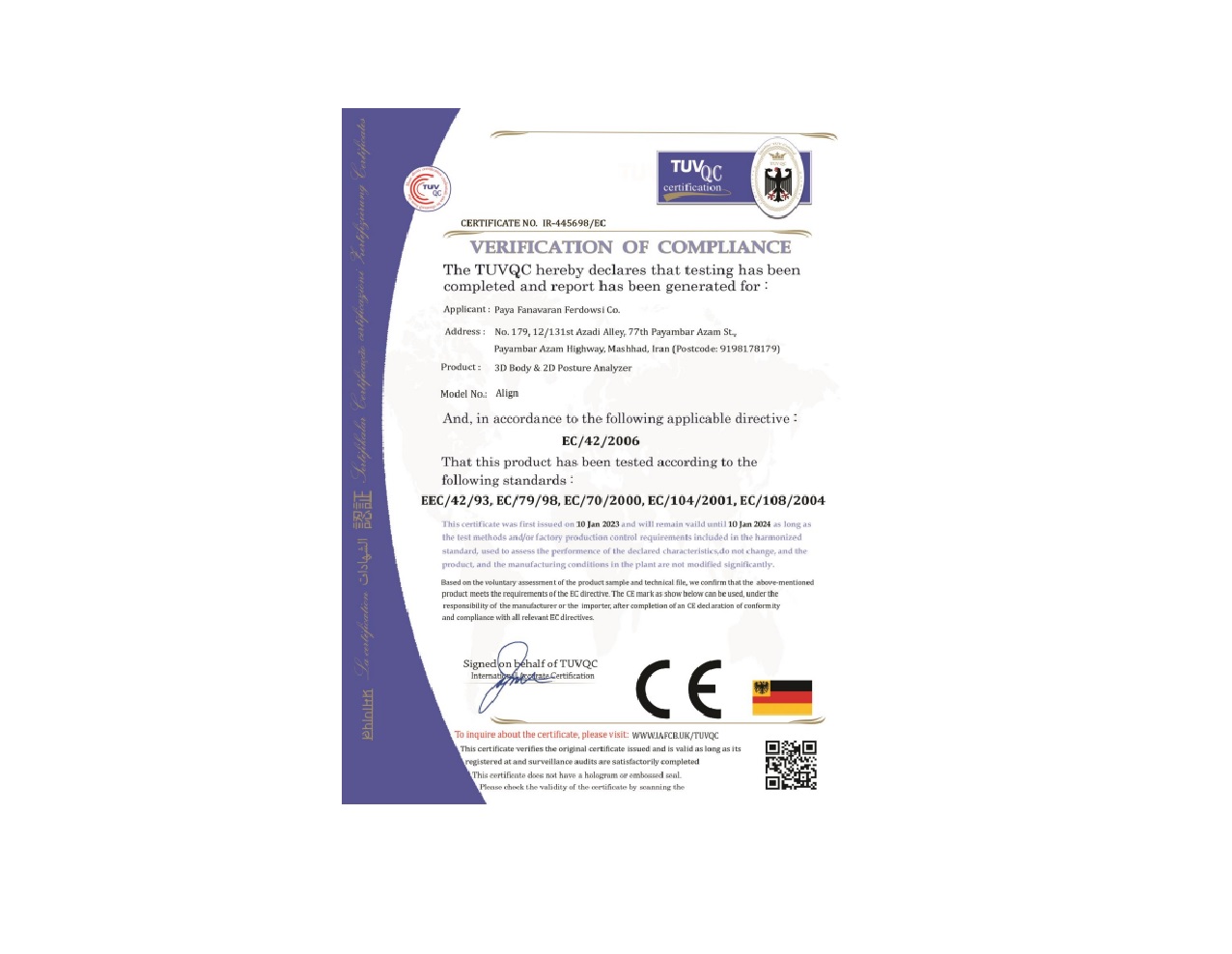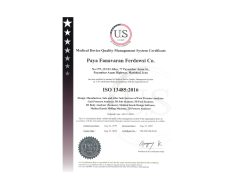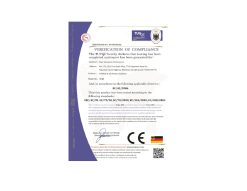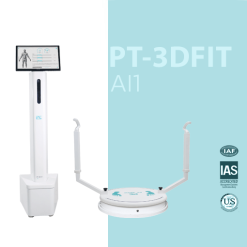Posture Analysis
The PT-Posture Analyzer is a cutting-edge solution designed specifically for professionals who are committed to enhancing their patients’ health and performance. Whether you’re addressing postural abnormalities, skeletal misalignments, or asymmetries, this advanced device provides precise, actionable insights to support your expertise.
Using state-of-the-art photogrammetry technology, the PT-Posture Analyzer evaluates:
- Spinal Alignment: Identify deviations and curvature irregularities.
- Skeletal Symmetry: Assess structural imbalances.
- Body Axis Deviations: Pinpoint alignment issues affecting movement and posture.
What makes this device a game-changer is its marker less analysis feature, powered by artificial intelligence. This technology enables quick and accurate assessments without the need for traditional markers, streamlining your workflow and reducing patient discomfort.
assessments without the need for traditional markers, streamlining your workflow and reducing patient discomfort.
CE
ISO13485 certification
Electrical safety standard certification
EMI/EMC standard certification
Need more about Posture Analysis System
————————–
Quick Online Contact
What is a posture analyzer?
The PT-Posture Analyzer is an advanced device designed to evaluate the human skeletal system and detect postural abnormalities and asymmetries with high precision. Also known as the Posture Analysis Device or Posture Graphy, this system utilizes photogrammetry technology to assess:
- Postural characteristics
- Spinal and skeletal abnormalities
- Skeletal asymmetries
- Deviations in the body’s axis
Comprehensive Postural Assessment
The PT-Posture Analyzer provides a detailed and precise analysis of human posture. It identifies various skeletal abnormalities, including:
- Forward head posture
- Kyphosis & lordosis
- Shoulder and pelvic misalignment
- Knee position deviations
- And more…
Following the assessment, the device generates a comprehensive, professional report that helps specialists make accurate evaluations and treatment plans.
Key Components and Features
✔ Digital Camera – Captures high-resolution images for precise posture analysis.
✔ Calibration Banner – Ensures accurate measurements during assessments.
✔ User-Friendly Software – Provides an intuitive interface for easy data collection and reporting.
Safe, Efficient, and Radiation-Free
One of the most significant advantages of the PT-Posture Analyzer is that it does not rely on harmful radiation like X-rays. This makes it a safe, non-invasive, and efficient solution for postural assessment.
This device offers high accuracy and speed, delivering a comprehensive report that compares results with standard normal values to help professionals make informed decisions for corrective interventions.
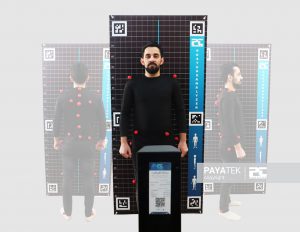

How to use the posture analysis device?
The PT-POSTURE device gives you two ways to assess posture: with markers or marker-less.
- Posture Analysis with Markers
This method requires placing small markers on specific points of the body to ensure precise measurements. The person being assessed stands in front of the calibration screen, wearing either tight-fitting clothing or no clothing on the areas being analyzed.
Following the instructions in the device manual, markers are placed on key anatomical landmarks, such as:
- The left and right tragus (small prominence in front of the ear)
- Hands and feet
- Hip joints (major trochanters of the femur)
Once the markers are in place, the camera tower is set up 280 cm from the calibration banner and connected to the computer via a USB port. The person being analyzed then takes three natural standing positions:
- Front-facing (Anterior view)
- Back-facing (Posterior view)
- Side-facing (Lateral view)
The software captures images from all three angles and automatically compares posture against normal alignment. Any posture deviations or imbalances are highlighted for further review.
- Marker-less Posture Analysis
For a quicker and more seamless process, the marker-less method uses AI technology to analyze posture without the need for physical markers. The software autonomously detects key anatomical points, making the process faster and more convenient while still delivering precise results.
However, the Cobb angle—which measures spinal curvature—is the only parameter that AI cannot accurately assess. In this case, eight markers must be placed on the specific area to ensure precise measurement.
The features of PayaTek Posture Analysis System | PT-Posture Analyzer


The accuracy of each test is ensured by automatic calibration before each run
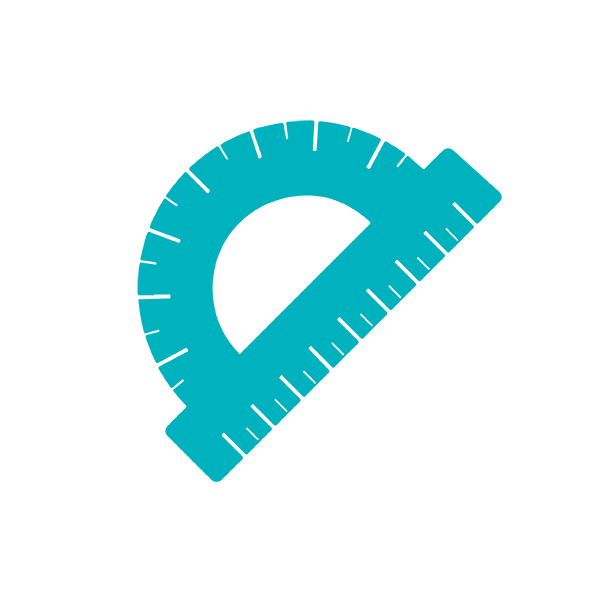

Indicate the exact quantity of postrural abnormality in degrees and millimeters


Numerical comparison of deviation with global normal limits


Take a video and measure angles on the frames
- Always Accurate – Thanks to Automatic Calibration
Before each test, the system calibrates itself automatically, eliminating errors and ensuring spot-on accuracy every time.
- Sees the Exact Issue – Down to the Degree & Millimeter
It doesn’t just detect posture misalignments—it quantifies them! You’ll get precise degree and millimeter readings, helping specialists pinpoint even the smallest imbalances.
- AI-Powered, No Markers Needed
This posture analysis system uses AI, eliminating the need for sticky markers or extra setup. The client stands in position, and the system does the rest—all in under a minute!
- Compares You to Global Standards
Wondering how your posture stacks up? The PT-Posture Analyzer compares your results with internationally approved standards (including FDA-backed data), making it easy to spot real posture issues.
- Records Video & Measures Angles in Motion
Want to analyze movement, not just still posture? The system can record videos and measure angles in individual frames, so you can track progress and movement patterns over time.
- Fully Customizable for Specialists
Need to focus on a specific posture issue? Set custom parameters and measure angles tailored to each patient’s needs—perfect for specialists who want detailed, personalized assessments.
- All Your Data in One Place
The PT-Posture device seamlessly connects to PayaTek’s scanning software, keeping all patient records organized in a single file. From foot scans to full posture analysis, every test result is stored chronologically, making before-and-after comparisons effortless.
What Can the PT-Posture Analyzer Detect?
The PT-Posture Analyzer identifies any skeletal abnormality, including deviations and asymmetries that exceed normal values. These irregularities can indicate postural disorders that may require further evaluation.
Key Postural Assessments:
- Kyphosis – Excessive rounding of the upper back
- Lordosis – Exaggerated inward curve of the lower back
- Shoulder Alignment – Detects uneven or forward-tilting shoulders
- Pelvic Alignment – Identifies pelvic tilts or rotations
- Knee Angle – Measures knee position (forward or backward)
- Head & Neck Angle – Analyzes neck alignment (forward or backward head posture)
- Abnormal Shoulder Curvature – Detects any irregularities in shoulder structure
- Valgus & Varus Deformities – Identifies inward or outward knee/ankle misalignments
…and more!
This comprehensive analysis helps specialists accurately assess postural health and pinpoint deviations that may lead to discomfort, pain, or mobility issues.
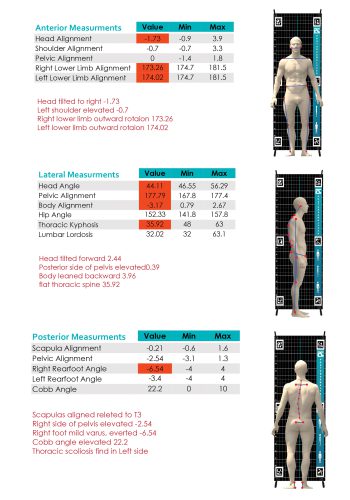
Why Is Automatic Calibration Essential in a Posture Analyzer?
The accuracy of results in a typical posture analyzer heavily depends on the camera’s distance from the calibration banner and its viewing angle. Even slight changes in these factors can lead to inconsistent measurements, making precise posture assessments difficult.
The PT-Posture Analyzer eliminates this issue with automatic calibration, ensuring that every test is conducted with maximum precision—no matter where the device is placed. This technology removes the dependency on environmental conditions, meaning you don’t have to worry about adjusting the setup every time you run a test. Whether the device is moved or repositioned, it will always self-calibrate for accurate, reliable results.
Why Is Posture Analysis Important?
Posture analysis involves assessing the natural position of the body during sitting and standing. While good posture is often associated with aesthetics, its significance goes far beyond appearance—it plays a crucial role in long-term health and overall well-being.
Abnormal posture is more than just slouching; it can involve rigid body movements, chronic misalignment, and deviations from normal posture. In some cases, postural abnormalities stem from serious conditions such as spinal cord or brain injuries.
Posture analysis is a key component of kinesiology, a branch of physical therapy that studies the body’s anatomy and movement mechanics. It empowers specialists to accurately assess posture, detect abnormalities, and help prevent future musculoskeletal issues by using a postural analysis system.
What Makes the PT-Posture Analyzer Stand Out?
The PT-Posture Analyzer is a user-friendly, high-precision device that helps specialists:
- Create a personalized profile for each client
- Compare test results throughout treatment
- Monitor a patient’s recovery progress
- Automatically calibrate for maximum accuracy
- Measure with 1-degree and 1-millimeter precision
- Detect skeletal abnormalities with confidence
The PT-Posture Analyzer ensures a reliable, efficient, and precise approach to posture assessment, with its advanced technology and easy-to-use interface.

The Application of Posture Analysis in Various Fields
Posture analysis plays a vital role in multiple disciplines, from medical diagnostics to sports performance and student health. The PT-Posture Analyzer provides specialists with a precise, non-invasive method to assess skeletal alignment, detect abnormalities, and improve overall well-being.
1. Orthopedics: Enhancing Diagnosis & Treatment
Orthopedics focuses on the musculoskeletal system, including bones, joints, muscles, and connective tissues. Orthopedic specialists use both surgical and non-surgical methods to treat movement disorders.
With the help of a posture analysis device, specialists can:
- Assess spinal and skeletal alignment
- Make precise initial diagnoses
- Develop targeted treatment plans
- Monitor recovery and treatment effectiveness
The PT-Posture Analyzer is particularly valuable in reducing unnecessary referrals to radiology, ensuring that only patients with severe complications undergo additional imaging.
2. Physiotherapy: A Tool for Prevention & Rehabilitation
Physiotherapy not only helps improve motor function and quality of life but also plays a key role in injury prevention. It is essential in both rehabilitation and acute care systems.
Physiotherapists use posture analysis to:
- Assess spinal and skeletal structure for early detection of abnormalities
- Develop personalized treatment plans
- Track progress and measure treatment effectiveness
- Manage chronic diseases and educate patients on proper posture
The PT-Posture Analyzer provides physiotherapists with more accurate diagnoses and optimized treatment outcomes.


3. Sports: Optimizing Athletic Performance
Posture plays a crucial role in sports and athletic development, influencing performance, injury prevention, and talent identification. Sports institutions create specialized training environments, guiding athletes into disciplines that best match their physical and psychological traits.
A comprehensive posture analysis helps sports professionals:
- Identify strengths and weaknesses in an athlete’s physical structure
- Prescribe corrective exercises to prevent injuries
- Regularly evaluate an athlete’s progress for peak performance
By considering an athlete’s postural alignment, specialists can fine-tune training regimens to ensure athletes reach their full potential.
4. Student Health Screening: Building a Healthier Future
Proper posture in students is not just about physical health—it directly impacts focus, mental performance, and information retention. Early detection of postural abnormalities is essential in childhood and adolescence, as poor posture can lead to long-term spinal and skeletal issues.
Using the PT-Posture Analyzer in schools can:
- Identify incorrect posture habits early
- Provide corrective models for posture improvement
- Enable regular, periodic monitoring to prevent future spinal disorders
Implementing routine posture screenings helps schools promote lifelong musculoskeletal health for students.
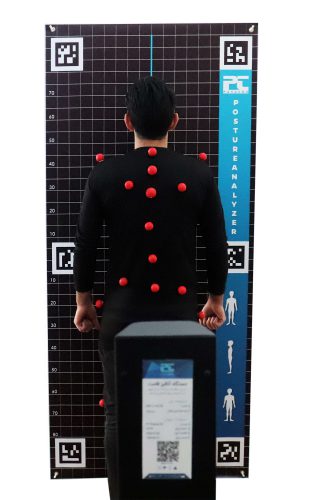

Who Are the Users?
The PT-Posture Analyzer is primarily used by physicians and specialists who focus on skeletal structure, posture, and spinal health. These professionals rely on the device for accurate assessments, diagnosis, and treatment planning.
Key Users Include:
- Orthopedic Surgeons – Specialists in musculoskeletal disorders and surgical interventions
- Physiotherapists – Experts in movement rehabilitation and posture correction
- Technical Orthopedic Specialists – Professionals focusing on orthopedic devices and structural alignment
- Medical-Sports Specialists – Physicians who assess posture-related sports performance and injury prevention
- Sports Coaches – Trainers who optimize athletes’ postural alignment for peak performance
- Child and Adolescent Health Screening Professionals – Experts who monitor and prevent postural issues in growing children
Integration of PT-Posture Analyzer with Other PayaTek Devices
The PT-Posture Analyzer seamlessly integrates with other posture and foot assessment devices from PayaTek, including the PT-SCAN (Foot Pressure Scanner), PT-3D Plantar (3D Plantar Scanner), and PT-Gait Analyzer. This interconnected system allows specialists to:
- Obtain comprehensive data on patients’ skeletal and movement conditions.
- Develop more precise treatment plans based on combined insights from multiple devices.
- Monitor treatment progress more effectively using diverse and complementary data sources.
| گارانتی | |
|---|---|
| قابلیت اجرا سریع تست | دارد (بدون نیاز به مارکرگذاری و با استفاده از هوش مصنوعی) |
| صفحه شطرنجی جمع شونده | دارد – رول آپ |
| کالیبراسیون اتومات | دارد – قبل از اجرای هر تست در کمتر از 0.5 ثانیه |
| گزارش دو زبانه | دارد – فارسی و انگلیسی |
| امکان انتخاب عکس یا اواتار در گزارش | دارد – 3 حالت عکس واقعی / عکس نگاتیو / آواتار |
Specification
Technology | 2D-marking |
Optimal distance | 3.8 meters |
Accuracy | 1°, 1mm |
Device dimensions | 18cm * 13.5cm * 130cm |
calibration screen dimensions | 100cm * 210cm |
Power supply | 12v dc |
Connectivity | USB B-type |
Weight | 8 kg |
OS | Windows x64 10/11 |


